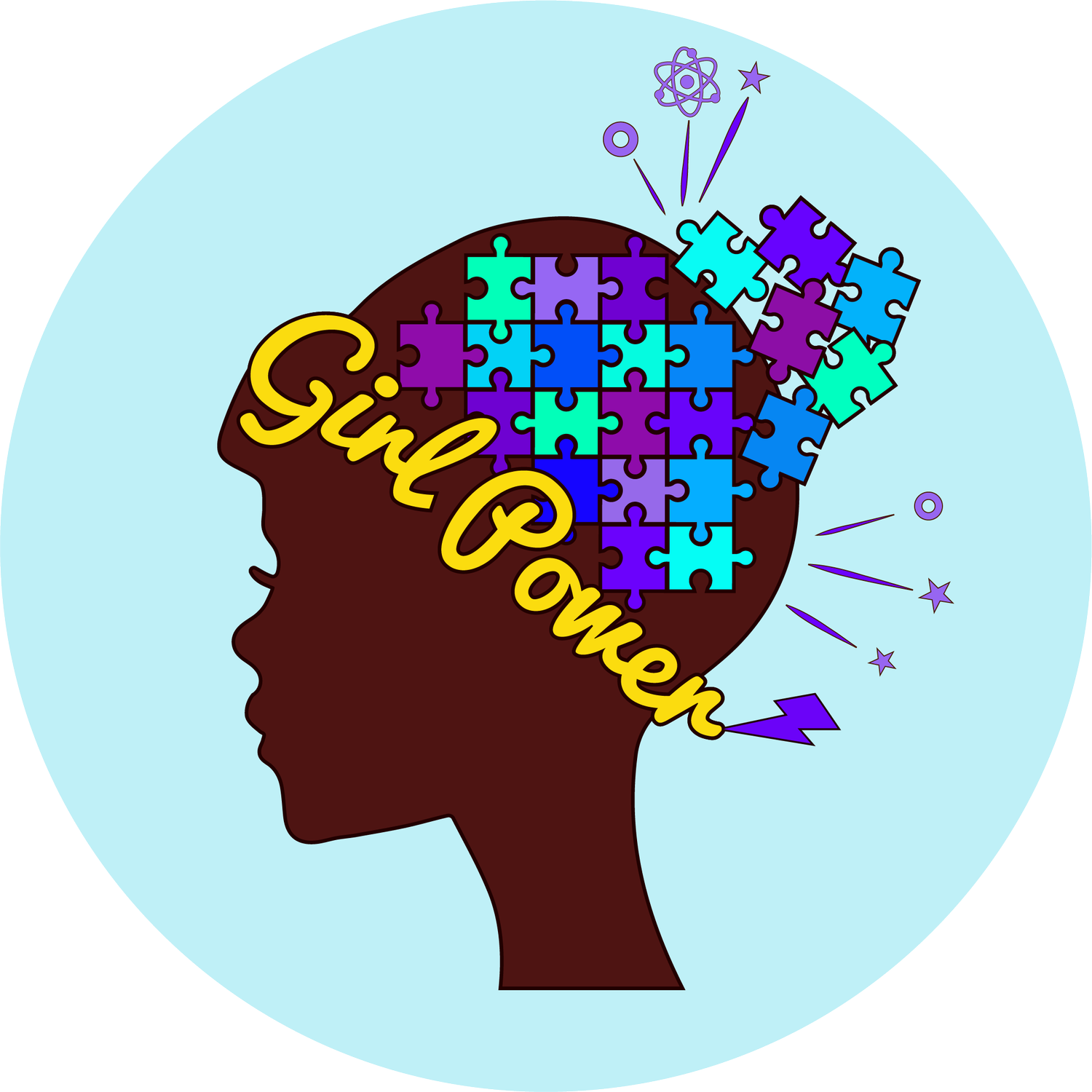Body-Identical Hormones 101: How to Ease Into Perimenopause Naturally
Red clover tea is rich in phytoestrogen
By: Konika Ray Wong, M.Ed, Founder of Girl Power Science
You asked for it! Here’s a simple, evidence-informed overview of what’s happening during perimenopause and the options that can help. This isn’t medical advice—just the guide I wish I’d had when my hormones first started shifting.
What’s Happening in Perimenopause
Perimenopause is the transition phase leading up to menopause, when your ovaries gradually begin producing less estrogen and progesterone.
For most women, this begins in the mid to late 40s, but it can start as early as the late 30s. The duration varies—some experience it for a few years, others for closer to a decade.
Common Signs You’re in Perimenopause
You don’t have to experience every symptom, but many women notice changes such as:
Irregular or heavier/lighter periods
Sleep disturbances
Hot flashes or night sweats
Mood swings or anxiety
Brain fog
Fatigue
Changes in skin elasticity or dryness
Vaginal dryness or discomfort
Decreased libido
The beach is my happy place and daily yoga helps me deal with tension in my neck and shoulders.
Support Options
Think of hormone support as a spectrum—from lifestyle adjustments to prescribed therapies.
1. Lifestyle and Nutrition
Prioritize protein and healthy fats to support hormone balance.
Limit alcohol and sugar, which can trigger hot flashes.
Incorporate regular exercise—especially strength training—to help regulate estrogen.
Aim for 7–8 hours of quality sleep each night.
2. Plant-Based Support (Phytoestrogens)
These are natural compounds found in certain foods and supplements that gently mimic estrogen in the body. Common sources include soy (tofu, edamame, miso), flaxseeds, red clover, and black cohosh (often used in menopause blends).
Always check with your healthcare provider before starting supplements, especially if you have a history of hormone-sensitive conditions.
3. Over-the-Counter Body-Identical Creams
Some topical creams containing small amounts of bioidentical estrogen and/or progesterone are available without a prescription. They are typically microdosed and applied to the skin. Because potency varies, it’s wise to begin under a provider’s guidance and monitor how you feel.
4. Prescription Hormone Therapy
When symptoms become more intense or persistent, many women find relief through doctor-prescribed hormone therapy. Common forms include estradiol patches or gels, micronized progesterone capsules, and customized combination regimens. Through compounding, some providers can customize small doses of testosterone as part of an individualized plan.
“Body-identical” means these hormones have the same molecular structure as those naturally produced by your body.
A Quick Reality Check
Perimenopause isn’t just about surviving symptoms—it’s about reclaiming your vitality and confidence during this transition. There’s no one-size-fits-all solution. What matters most is being informed and working with a provider who listens.
Want More Support?
You don’t have to figure this out alone. Follow me on Instagram @girlpowerscience for:
Practical hormone education
Perimenopause product demos
Real-life stories from my journey
Together, let’s normalize this conversation—because knowledge is power.
Stay in the Loop
Want to be the first to know when we launch our virtual Perimenopause Power Workshop this January?
Join our mailing list.
You’ll get early access, bonus resources, and tools to navigate this phase with confidence and clarity.
Go girl power!
Disclaimer: This information is for educational purposes only and is not intended as medical advice. Always consult your healthcare provider before starting or changing any hormone or supplement regimen.


